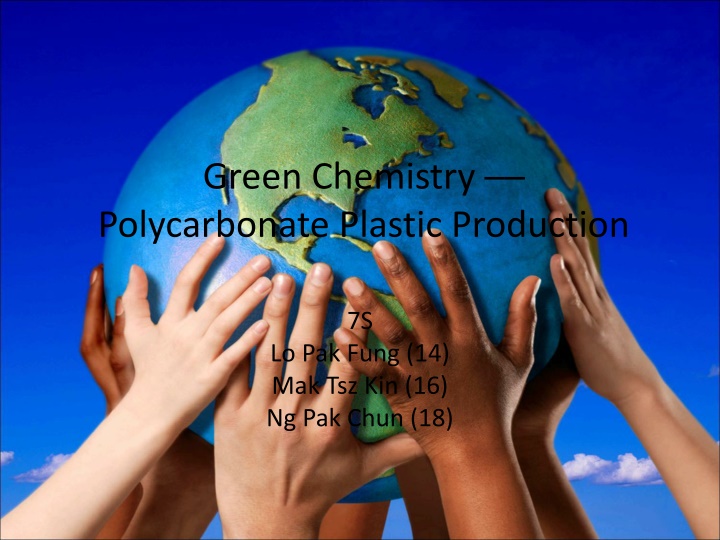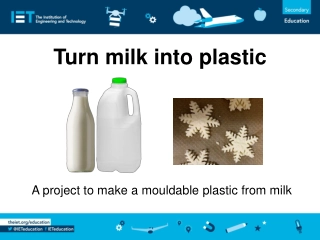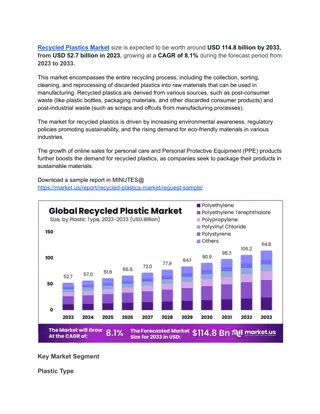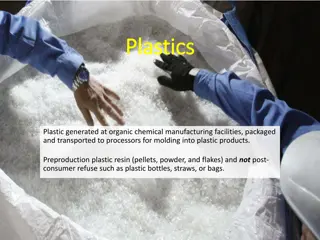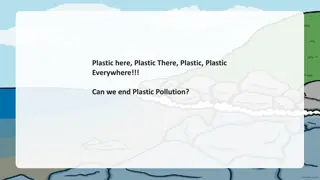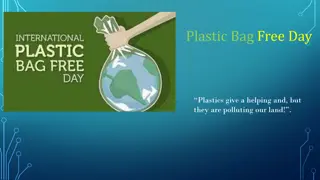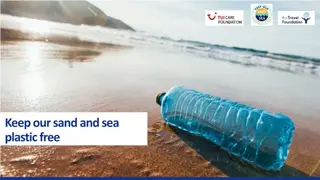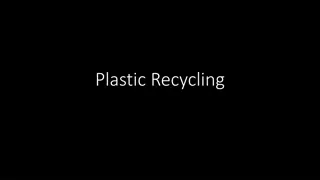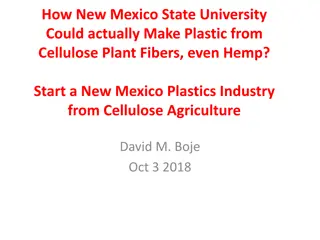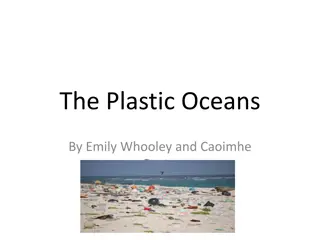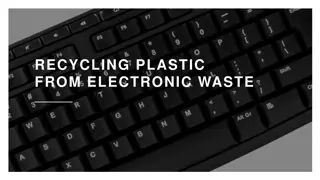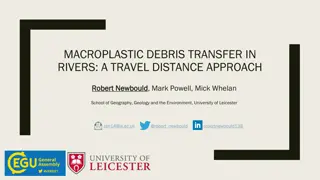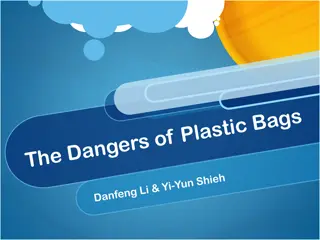Innovative Green Chemistry Approach in Polycarbonate Plastic Production
Revolutionizing the production of polycarbonate plastic, this innovative green chemistry approach compares traditional and greener methods. Highlighting the properties and uses of polycarbonate, it delves into its applications in electronics, construction, data storage, automotive, medical field, and niche areas like sunglass production. The greener method involves Bisphenol A and Dimethyl Carbonate, reducing environmental impact by producing methanol as a by-product. The sustainable process emphasizes principles of green chemistry, promoting a more eco-friendly approach to plastic manufacturing.
Download Presentation

Please find below an Image/Link to download the presentation.
The content on the website is provided AS IS for your information and personal use only. It may not be sold, licensed, or shared on other websites without obtaining consent from the author.If you encounter any issues during the download, it is possible that the publisher has removed the file from their server.
You are allowed to download the files provided on this website for personal or commercial use, subject to the condition that they are used lawfully. All files are the property of their respective owners.
The content on the website is provided AS IS for your information and personal use only. It may not be sold, licensed, or shared on other websites without obtaining consent from the author.
E N D
Presentation Transcript
Green Chemistry Polycarbonate Plastic Production 7S Lo Pak Fung (14) Mak Tsz Kin (16) Ng Pak Chun (18)
Content Properties and uses of polycarbonate Traditional method Greener method Comparison of 2 methods Principles of green chemistry In this process
Properties of polycarbonate Do not conduct electricity high heat resistance flame retardant Durable Strong usable in a wider temperature range highly transparent easier to mould
Electronic components : dielectric , electrical and telecommunications hardware
Automotive, aircraft, and security components : bullet-proof "glass
Traditional method Bisphenol A + Phosgene Polycarbonate Condition : addition of sodium hydroxide ( NaOH ) By-product : hydrochloric acid ( HCl )
Greener method Bisphenol A + Dimethyl carbonate polycarbonate By-product : methanol (raw material of dimethyl carbonate)
Production of dimethyl carbonate carbon monoxide + methanol + oxygen dimethyl carbonate and water
Comparison of 2 methods Using phosgene Using dimethyl carbonate Dangerous reagent Harmless reagent Use of solvent No solvent Waste water treatment No waste water NaOH consumption The base is catalytic Exothermic Slightly or not exothermic high vapour density Less dense not easily disperse Easier to disperse Non-biodegradable biodegradable gas at r.t.p. ( difficult to handle ) Liquid at r.t.p. ( easy to handle )
1. Prevention (prevent waste) Traditional method : Production of phosgene produce CCl4as by- product which is undesirable Greener method : the by-product ( methanol ) can be reused to make dimethyl carbonate
2. Atom economy (minimize by-product) Comparison between formula mass of by-products : Traditional method %AE = 290.7 / ( 98.92+228.29 ) x 100% = 88.8% Greener method %AE = 290.7 / ( 90.08+228.29 ) x 100% = 91.3% Greener method has higher %AE.
3. Less hazardous synthesis (Little or no toxicity) Traditional method : HCl is strong acid and it is corrosive Greener method : Methanol is relatively harmless
4. Designing safer chemicals Traditional method : phosgene is highly toxic used as a chemical weapon in the WWI ( responsible for about 80% of chemical fatalities)
5.Safer auxiliary substances(e.g. solvents, separation agents, etc.) Traditional method : Required organic solvent which is carcinogenic Greener method : Use water as solvent
6.Energy efficiency Traditional method : Require higher temperature to trigger off the reaction Greener method : Need lower temperature to activate the reaction
7. Use of renewable resources Traditional method : Cl2is non-renewable which is the raw material of phosgene Greener method : Methanol, CO and O2are renewable which are raw materials of dimethyl carbonate
8. Reducing derivatives (fewer steps of reaction) Traditional method : The purification of CO used in producing phosgene is more complicated and it is difficult to separate the product from by- product Greener method : Purification is not required and it is easy to separate the product from methanol ( low boiling point )
9.Catalysis Traditional method : Activated carbon is required and it is difficult to produce Green method : Copper chloride with 5% KCl additive is needed to produce dimethyl carbonate
10. Design for degradation (decomposition) Traditional method : The excess chemicals are not degradable Greener method : The remaining dimethyl carbonate is biodegradable
11.Use real-time analysis for pollution prevention Traditional method : Phosgene is a colourless gas and has unnoticeable odour, leakage is difficult to be detected Greener method : All chemicals are liquids, leakage is relatively easy to be detected instantly
12. Accident prevention Traditional method : Phosgene is highly toxic, direct contact is fatal so lots of accident prevention measures are needed Greener method : Direct contact of chemicals is unlikely to be fatal
